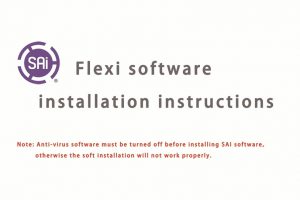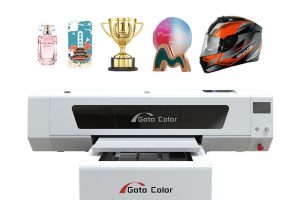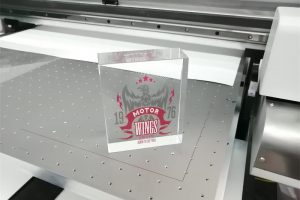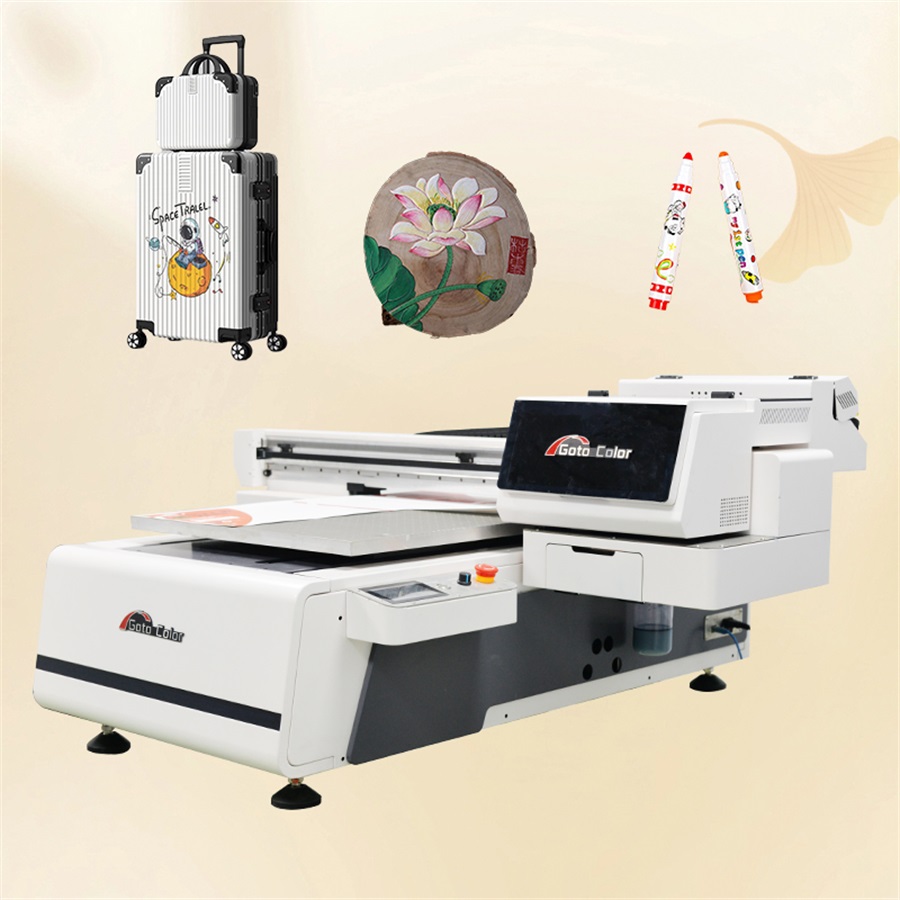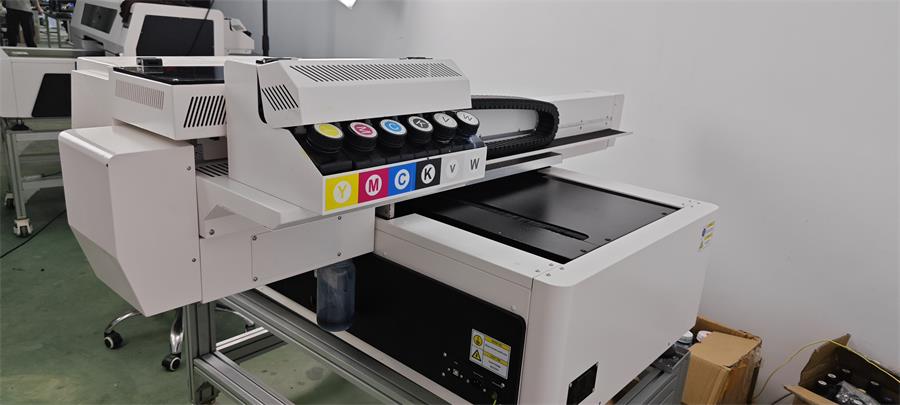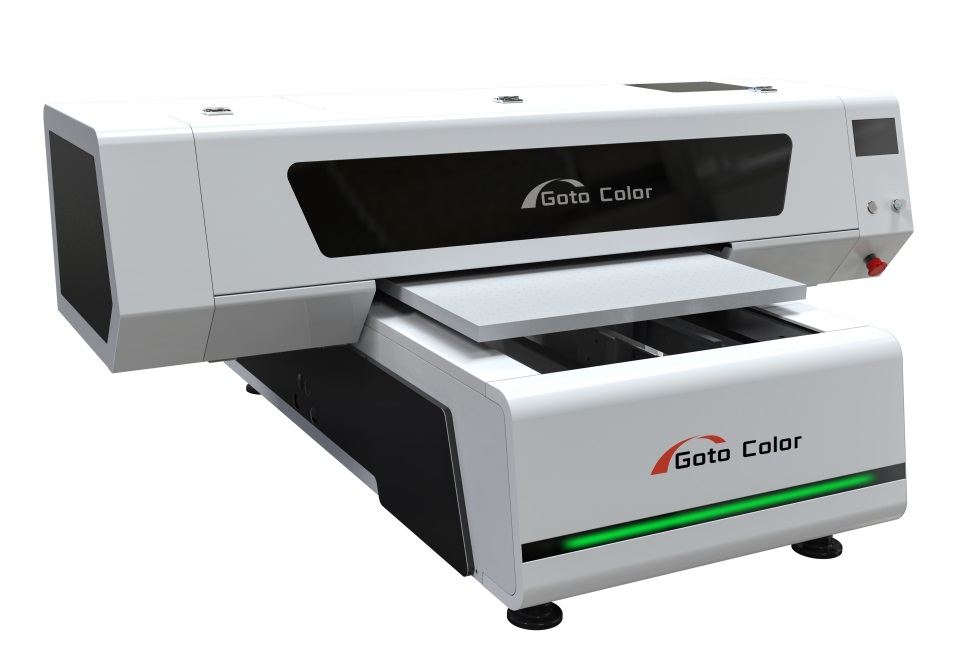Purchasing a UV printer is a significant investment, and one of the most critical decisions you’ll make is selecting the print bed size. Unlike choosing a paper printer, where standard sizes like A4 or A3 are straightforward, UV printer sizes are highly variable and directly tied to your business model, product mix, and production efficiency. Choosing wrong can lead to either a crippling bottleneck or a massive, underutilized machine wasting floor space and capital.
This guide will walk you through the key considerations to determine the perfect UV printer size for your needs.
Contents
1. Understand the Standard Size Categories
UV printers are generally grouped by their maximum print area. Here’s a breakdown of the common market segments:
| Size Category | Typical Print Area | Common Nicknames & Use Cases |
|---|---|---|
| Small Format | Up to 24″ x 18″ (60cm x 45cm) | Desktop, Benchtop, Starter Printer. Ideal for small items. |
| Medium Format | 24″ x 18″ to 48″ x 36″ (120cm x 90cm) | The “Workhorse.” Most versatile for diverse product ranges. |
| Large Format | 48″ x 36″ to 5′ x 10′ and beyond | Industrial, Flatbed Printer. For large signs, panels, and mass production. |
2. The Golden Rule: Match the Bed to Your Product, Not Your Ambitions
The most common mistake is buying for a hypothetical “someday” job. Instead, let your current and realistically projected product line dictate the size.
Ask yourself these key questions:
- What is the physical size of my most common products? Make a list: phone cases, 5″ x 3″ plaques, 8″ x 10″ signs, 12″ x 12″ tile samples.
- Do I need to print multiple items in a single job? Efficiency is where the right size pays for itself. If you sell 100 keychains per order, a small bed that fits 20 at a time is far more efficient than one that fits 4.
- What is the largest single item I need to print in the next 12-18 months? This determines your minimum required bed size. Add a 1-2 inch margin for handling.
3. A Practical Sizing Framework: From Niche to Industrial
Choose a Small Format UV Printer If…
- Your Products Are: Smartphone cases, keychains, pens, jewelry, small awards, USB drives, and sample kits.
- Your Business Model Is: E-commerce, on-demand customization, startups, or adding a personalization service to an existing retail business.
- Key Advantage: Lower initial cost, smaller footprint, and lower operating cost for small items.
- Limitation: Cannot handle large single items, and production volume for multiple items may be slower.
Choose a Medium Format UV Printer If…
- Your Products Are: A diverse mix. This could include everything from small items (placed multiple-up) to larger items like architectural samples (e.g., 12″x24″), medium-sized signs, custom skateboards, instrument cases, and large plaques.
- Your Business Model Is: A dedicated print shop, promotional product distributor, or a manufacturer with a varied product line. This is the sweet spot for most businesses.
- Key Advantage: Maximum versatility. You can jig for small items and still handle surprisingly large single jobs.
- Limitation: Higher initial investment and larger space requirement than small-format machines.
Choose a Large Format UV Printer If…
- Your Products Are: Full-size door panels, 4′ x 8′ signage, large glass sheets, acrylic displays, and trade show graphics.
- Your Business Model Is: Industrial manufacturing, large-format signage production, or a high-volume shop where nesting multiple large items is a daily requirement.
- Key Advantage: Unmatched capability for large, single items and massive production throughput for panel-sized goods.
- Limitation: Very high capital and operational cost, significant floor space required, and often higher ink consumption.
4. Beyond the Bed: Critical Sizing Considerations
The raw dimensions are only part of the story. Pay close attention to these three factors:
- Z-Axis Height (Print Gap): This determines the thickness of the objects you can print on. A standard Z-height might be 6 inches, but if you plan to print on a 12-inch thick block, you’ll need a “high-Z” or “tall format” option. Always spec for your thickest item.
- Nesting and Jigging Efficiency: This is the secret to profitability. A medium-format bed (e.g., 48″x36″) is not just for one large sign. It can be a canvas for multiple smaller items. Use software to arrange (“nest”) dozens of coffee mugs or phone cases in a single print run, dramatically increasing your output.
- Footprint and Facility Requirements: The machine’s physical size is often larger than its print bed. Account for clearance for loading materials, access to the ink system, and proper ventilation. A 4’x8′ printer might need a 12’x10′ floor space.
Conclusion: Your Strategic Choice
Selecting a UV printer size is a balance between capability, efficiency, and cost.
- Start Small & Niche: If you have a focused product line of small goods, a small-format printer is the most efficient and cost-effective entry point.
- Choose Versatility: If your product catalog is diverse or you’re a service provider for various clients, a medium-format printer is almost always the recommended choice. It offers the best balance of capability and ROI without the extreme cost of large-format industrial machines.
- Go Large for Scale: Only invest in a large-format machine if your core business revolves around large substrates and your order volume justifies it.
By meticulously analyzing your products, production workflow, and realistic growth plans, you can move beyond guesswork and select a UV printer size that becomes a perfect-fit engine for your business growth.




